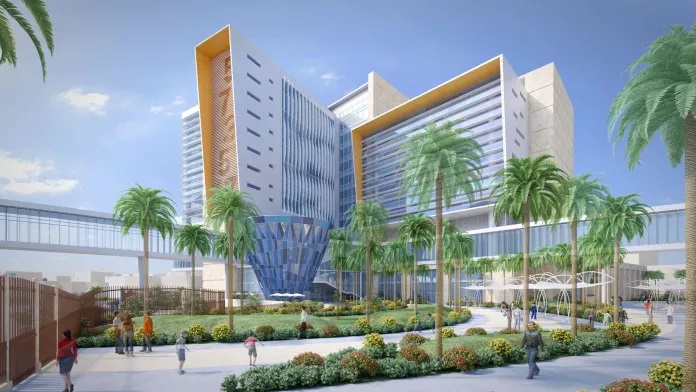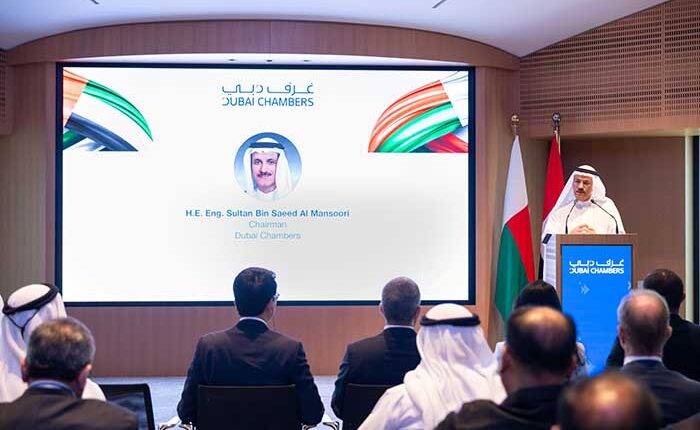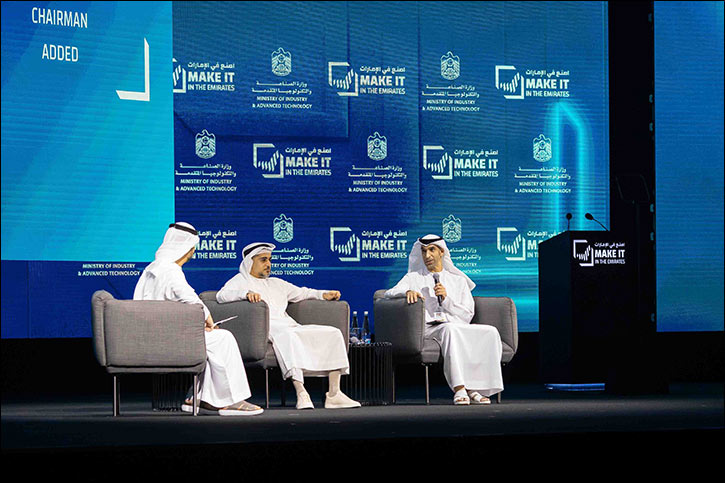With the realities of the recent health crisis continuing to impact nurses and care teams across the world, CRTKL, a global cultural agency specialising in architecture, planning and design, have shared insights on how technology is critical to filling gaps in resources and informing decision making.
The UAE is one of the most economically developed and diversified markets in the Middle East, and has established a world-class healthcare infrastructure. This has been a top priority for the visionary leaders of the country, and, as a result, the sector has advanced and expanded significantly during the past few years. UAE’s healthcare sector is projected to grow to AED 39.4 billion by 2025, based on data from Euromonitor.
As the sector continues to undergo evolution on the back of rapid advancements in technology, and research and development (R&D) in line with the global and regional trends, it is essential for the sector to create easy and open access to care. This will include annual check-ups, outpatient procedures, counselling services or friendly assessments of lifestyle and daily activity goals.
Ahmed Ghobara, Associate Principal at CRTKL commented: “By expanding access to primary care outside of the traditional medical centre setting such as hospitals, the overall health of a population improves significantly. When general primary and specialty care is accessible in a neighbourhood setting, it encourages people to go more often, as it means people have somewhere to visit more frequently and easily, like service stations or convenience stores. At CRTKL, we are driven by planet-positive design to modernise healthcare and use technology to make healthcare more convenient.“
MAKING HEALTHCARE MORE CONVENIENT
According to a recent impact study by CRTKL, access to primary care was proven to improve community health. Life expectancies were increased by 3.2 years, while rates of heart disease, infant mortality, strokes, and chronic lower respiratory disease all decreased.
Providers should aim to make healthcare more convenient by offering same-day appointments, pharmacy, walk-in diagnostic imaging services, decreased wait times, extended hours and weekend care. This, in turn, allows facilities to increase access to patients and expand new service lines beyond a main campus. These types of changes will lead to significant steps towards greater value-based care.
OPTIMIZING HEALTHCARE FACILITIES’ OPERATIONS
Additionally, healthcare facilities should be refocused on specific functions. For example, acute care centres should concentrate on assessment, stabilization and treatment, before returning patients to places better suited to healing. This is particularly important for treating patients that need chronic care facilities and birthing centres located within the community that focus on rehabilitation, education and elective treatment.
Hospitals can also increase point-of-care clinical support and improve staff efficiency by having appropriately sized spaces. Rather than expanding rooms to drive volume, the key should be to optimize operations. Controlling non-revenue generating circulation space and the strategic placement of nurses’ stations reduces the distance and travel time between departments and beds.
OFFERING PERSONALIZED CARE
Serving as collaborative communication hubs, command centres in healthcare facilities are also becoming essential operational ingredients to enhance telemedicine and coordinate disparate clinical and non-clinical activities that are actively interdependent.
Emerging technologies and the use of artificial intelligence (AI) are providing more convenient, personalized care for patients, and could create substantially more value for the industry as a whole—up to US$410 billion per year by 2025.
Meanwhile, new generation robotics and software continue to reshape healthcare facilities and the way people manage their health. Ongoing care plans, clinic appointments, material deliveries to the home and nurse home visits that need to be included and coordinated within the healthcare system, can all be managed within the command centre and can relieve the burden on nursing staff.
“Healthcare should no longer stand apart — instead, it should permeate the urban fabric of the community and fully commit itself to the well-being of all within it. Through greater access, implementing advanced technology and increased investments, healthcare facilities can be modernised and dramatically improve the health of society overall,” added Ghobara.
CRTKL
CRTKL a global architecture, planning and design practice, began over seven decades ago and has evolved into a cultural agency to advance positive outcomes in our local and global communities. Through a human-centric design approach our team addresses the imperatives of resiliency, wellbeing and technology and their influence in the built environment.













